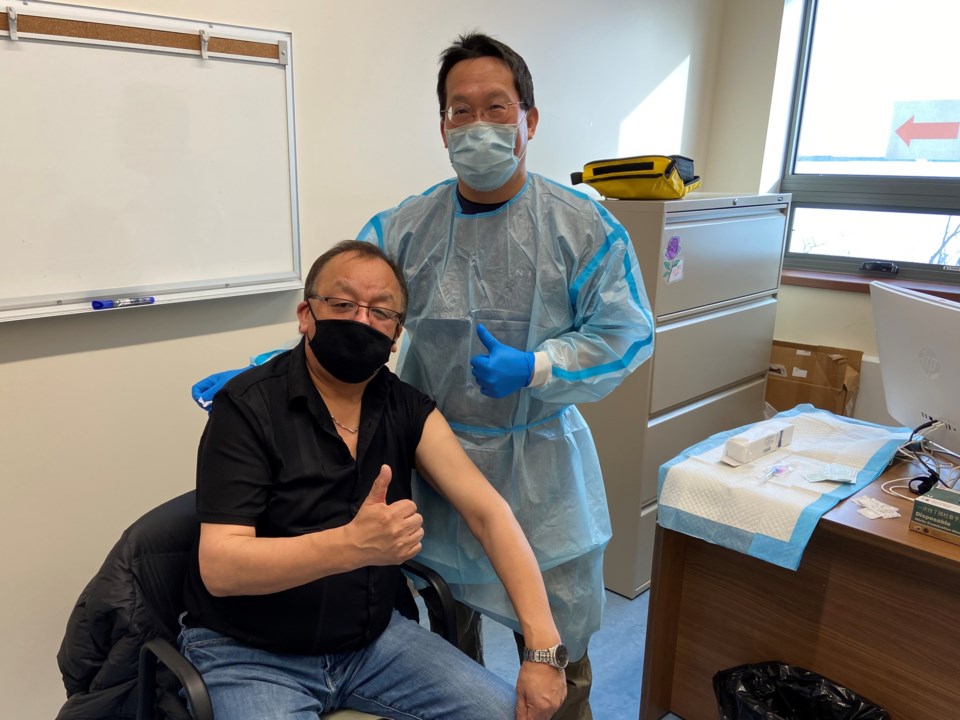Ontario's plan to provide COVID-19 vaccines to remote Indigenous communities, including those along the James Bay coast, has been met according to an announcement Monday from the Ministry of Health.
The province announced this week first doses of a COVID-19 vaccine had been provided to all who wanted them at all 31 fly-in Northern communities, as well as Moosonee, as part Operation Remote Immunity, said the ministry.
Health Minister Christine Elliott said the plan was to ensure protection for Ontario's remote Indigenous communities, where many of the residents have endured less-than-ideal health conditions and are not always able to access adequate health care.
"This important milestone could not have been achieved without the tremendous efforts of Indigenous leadership, community members, Ornge, and frontline health care workers coming together to stop the spread of COVID-19 in these at-risk communities."
The ministry said the plan was to bring the vaccine to residents of First Nations elder care homes and to community residents who face a disproportionate risk from the coronavirus.
The operation was supported by Ornge, an air ambulance and critical care transport service under the leadership of COVID-19 Vaccine Task Force Member Dr. Homer Tien, said the ministry. These communities have few health care facilities and resources to manage the spread of COVID-19, making the risk of the virus being brought into these communities potentially devastating, the ministry statement continued.
The plan was co-developed in partnership with the Nishnawbe Aski Nation (NAN) to ensure engagement of Indigenous leadership in how vaccines are offered to their communities, the ministry explained.
Ontario Indigenous Affairs Minister Greg Rickford gave credit to Indigenous leadership for working with the province to get the vaccine program rolled out.
"The delivery and administration of vaccines to these communities is an outstanding example of Ontario and Indigenous leadership working together," said Rickford.
"This would not have been possible without the support of leaders and residents in these fly-in communities in promoting vaccination and helping to set up vaccinations sites, ensuring the most at-risk community members are protected."
The Northern Ontario School of Medicine (NOSM) was among the many organizations that contributed to the remote communities vaccination project.
Other teams that worked with Ornge included the Weeneebayko Area Health Authority (WAHA), the Sioux Lookout First Nations Health Authority (SLFNHA), Indigenous Services Canada, Queen's University, the University of Toronto, northern Paramedic Services, the Porcupine Health Unit, the Thunder Bay District Health Unit, the Northwestern Health Unit, the Ministry of Natural Resources and Forestry and the Canadian Red Cross, said the ministry.
